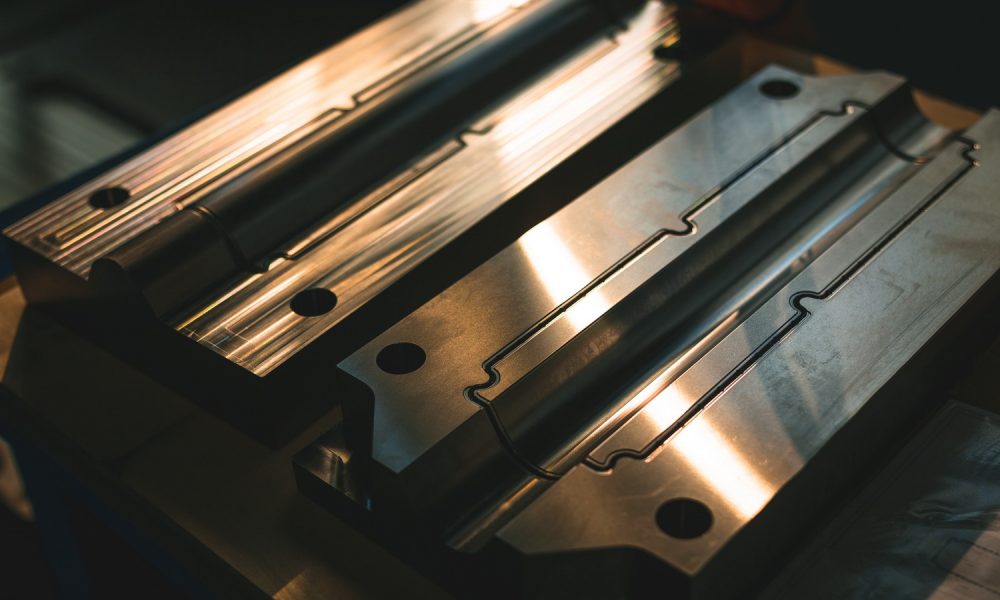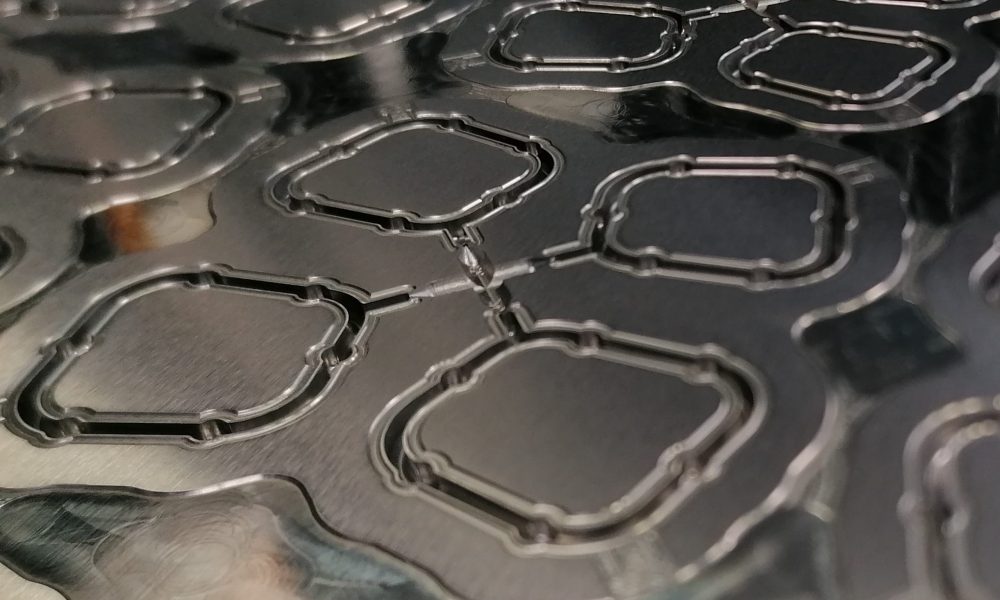In the 70s, when we started our business as mould makers, the world of moulding was oriented towards compression moulding.
Technological evolution and the strong need for more productivity, has led to the introduction of the injection moulding technique.
Nowadays, 90% of moulding takes place by injection.
How compression moulding works
Compression moulding consists of the production of technical articles in rubber or silicone starting from a material that has not yet been vulcanized. The operator must prepare the rubber and place it inside the mould. Subsequently, the rubber is closed under pressure in the mould until the vulcanization of the technical article is reached.
This process requires longer times, compared to injection moulding, and greater manual intervention by the operator. At the end of the moulding cycle, the rubber or silicone pieces are extracted manually. In addition, closing the mould creates a burr that must be removed.
To avoid wasting raw materials and having excessive production times, we suggest using compression moulding only for the production of small batches of technical articles with compounds that are not too expensive.
How injection moulding works
Injection moulding takes place with the use of non-preformed rubber. The compound is loaded into the machine and injected into the mould by means of a reciprocating screw, driven by an electric or hydraulic motor
The rubber is injected in a closed mould by applying a vacuum before injection, optimizing production times, and avoiding the creation of burr along the edges of the technical rubber article.
This technique enables a reduction in the vulcanization time of the rubber, and is aided by the compound being preheated during production.
Injection moulding is faster than compression moulding and, consequently, more suitable for large batch moulding.
What are the advantages of injection moulding?
- The press and the mould can work automatically, giving the operator the opportunity to take care of several presses at the same time. On the other hand, for compression moulding, the operator must remain next to the machine to load the rubber and remove the moulded part.
- Vulcanization times are shorter. In compression moulding, rubber is loaded onto the figure at room temperature. In the injection moulding process, the rubber enters in a chamber with a preheated screw, and consequently the vulcanization process is shorter.
Injection moulding allows for increased productivity and being able to plan the moulding cycle without continuous supervision by an operator. Among the final advantage,s there is also the facilitation of the barefoot and consequently the quality of the moulded product. Finally, injection moulding opens the door to more developments. For example, it gives the manufacturer the possibility of moulding with thermoregulated units combined with dedicated moulds that amplify the already existing advantages of standard injection moulding.
If you have a specific request, click here, and write to our technical team.







